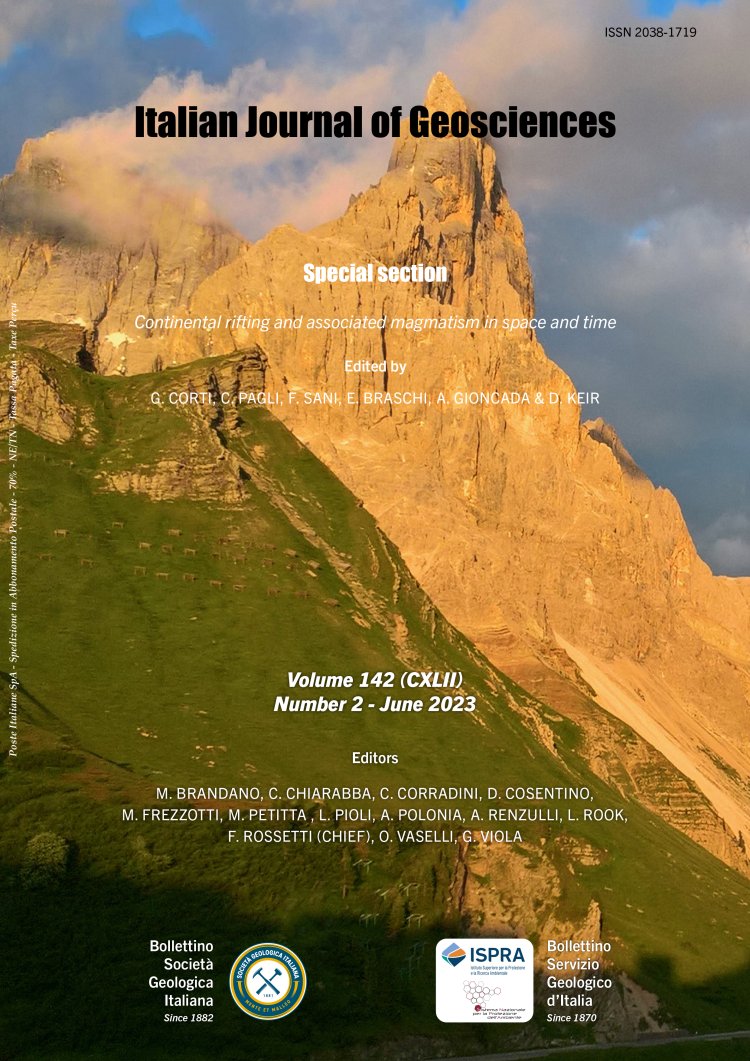
Early Cretaceous palynoflora from palaeotropics of NE Africa (correlation and significance): an example from the Shushan Basin, Egypt
Magdy S. Mahmoud1, Miran M. Khalaf2, Abdel-Rahim M.M. Moawad3 & Amal A. Temraz3
1Geology Department, Faculty of Science, Assiut University, Assiut 71516, Egypt.
2Geology Department, Faculty of Science, Sohag University, Sohag 82524, Egypt.
3Geology Department, Faculty of Science, South Valley University, Qena, Egypt.
Corresponding author e-mail: magdysm@aun.edu.eg
Volume: 142 (2023) f.2
Pages: 165-182
Abstract
We re-assessed and re-evaluated the diverse spores and pollen associations, presently recovered from clastics of the Shushan Basin. Eight (informal) Early Cretaceous (Valanginian to middle Cenomanian) spores/pollen zones are suggested, dated and correlated with regional/interregional records. Palynological dating offered bases for borehole stratigraphic resolution and basin correlation. It permitted revision of the homogeneous Early Cretaceous sediments of the borehole. Intrabasinal correlation, based on closely-spaced palynologically- productive samples, revealed the existence of an undetected sediment hiatus east of the basin, manifested by the wedging/missing of the Aptian Dahab clastics from west to east. The Shushan palynoflora exhibits great similarity with their counterparts in other provinces of the Northern Gondwana continent. But, however, A fern-dominated hygrophilous spores, along with Classopollis pollen, validated previous assumptions that humid conditions were responsible for the delayed appearance and scarcity of Dicheiropollis pollen in NE Africa (Egypt, Libya and Sudan), by the late Hauterivian. This humidity is thought to have triggered the production of Afropollis in the regional North African records, which reached an acme. Three main peaks of this pollen are inferred from the late Aptian, early Albian and early-middle Cenomanian intervals of the Shushan-1X well. Chronologically, these peaks can be of great stratigraphic value in NE Africa or other areas in Northern Gondwana that witnessed wet palaeoclimates during the Early Cretaceous.
Keywords
Get Full Text